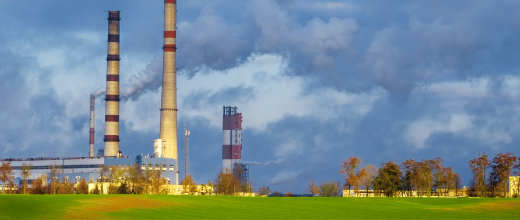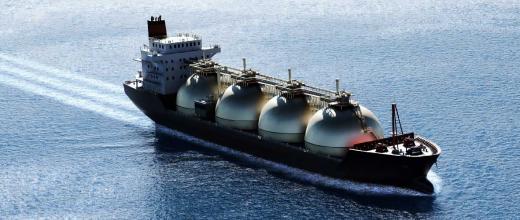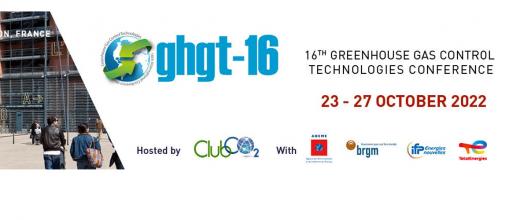01.06.2022
5 minutes of reading
Florence Delprat-Jannaud, CO2 coordinator at IFPEN and Chairwoman of the Club CO2, is the guest of this first episode on CCUS and ecological transition. Spend 5 minutes with us to learn all about CCUS technologies, their role in carbon neutrality and the main challenges facing the sector.
takeaways from this podcast
CCUS: definition
Carbon Capture, Utilization and Storage (CCUS).
CCUS means capturing the CO2 emitted by industrial facilities and transporting it in order to:
• Store it underground to isolate it from the atmosphere in the long term
• Use it as a resource to make products, biofuels for example
CCUS: an essential element in ecological transition
All the scenarios for the transition towards carbon neutrality call for this technology in addition to other decarbonization solutions. The IPCC report points out to the need for immediate reduction of greenhouse gas emissions. It calls for the acceleration of CO2 capture and storage, whether to reduce industrial emissions or to remove CO2 from the atmosphere.
Without CO2 capture and storage, limiting global warming to no more than 1.5° seems out of reach (Florence Delprat-Jannaud)
A brief recap
The IEA report highlights four contributions that CCUS makes towards ecological transition:
- reducing the emissions of existing facilities
- reducing those emitted by sectors of heavy industry (cement, steel and chemical production) which are difficult to decarbonize
- enabling the implementation of the hydrogen sector (via the production of "blue" hydrogen) in many regions
- extracting CO2 from the atmosphere.
Key figures on CCUS
- 35-40 million tonnes of CO2 are currently captured and stored each year. To meet decarbonization targets, 50 or even 100 times more will have to be captured and stored by 2035.
- For more than 20 years now, Equinor has been injecting 1 million tonnes of CO2 per year underground off Norway.
- Some thirty large-scale facilities are in operation around the world to decarbonize electricity production (coal-fired power stations, gas-fired power stations) and industry (steel, cement and chemical plants).
- According to the IEA, CCUS could account for 10-15% of efforts to achieve carbon neutrality
Given the urgency of the climate situation, we must be able to deploy the whole range of available decarbonization solutions, wherever and as soon as they are needed(Florence Delprat-Jannaud)
The big challenges that CCUS still has to meet
The cost
Implementing decarbonization solutions is cheaper than doing nothing. Mitigating climate change and mitigating the damage caused by climate disasters has at a cost to society. The IPCC has stressed the need to limit global warming right now. IFPEN is also working on more energy-efficient, less costly technologies.
Infrastructure
The operational industrial storage and transport units required for the development of the sector are currently lacking. IFPEN is working on the entire chain as well as implementation scenarios for the sector on a national and international scale (France and Europe).
A quiz to remember
 Our expertise > CO2 capture, utilization and storage
Our expertise > CO2 capture, utilization and storage









